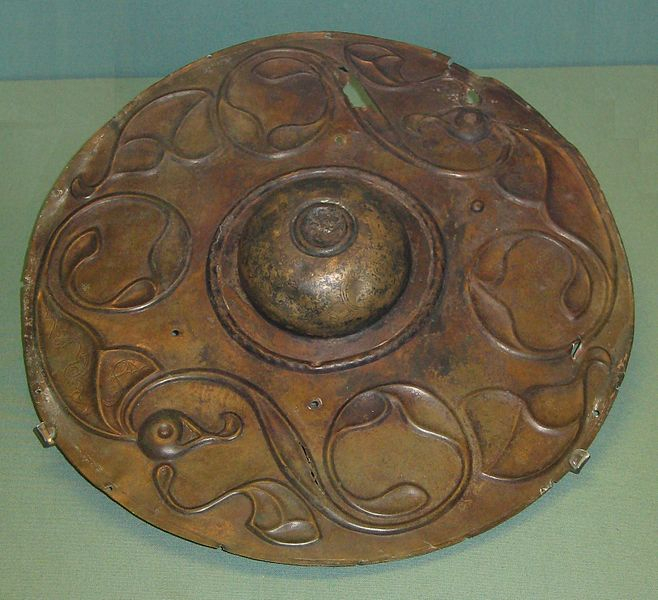Archaeologists found a well-preserved shield which was part of a 'warrior grave', during a housing development in Pocklington. As per the researchers, this discovery is the most significant Iron Age find of this century.
The shield was discovered with its face down in the cart of an upright chariot, which had been drawn by two ponies. The archaeologists also found a male skeleton who died in his 40s, laid upon the shield. Experts believe that the man was the owner of the shield which is the most important British Celtic art object of the Millennium.

The excavation program
Paula Ware, from MAP Archaeological Practice who conducted this excavation on behalf of the Persimmon Homes, said that specialist conservation has revealed a swirling La Tène style architecture which is a kind of early Celtic art.
In addition, she mentioned that the design of the shield featured evidence of organic forms, such as spiralling mollusc shells creating a three-legged triskele motif. Archaeologist also noticed highly decorative asymmetrical design leading to the centre of the shield.
"The magnitude and preservation of the Pocklington chariot burial have no British parallel, providing greater insight into the Iron Age epoch. The shield features a scalloped border. This previously unknown design feature is not comparable to any other Iron Age finds across Europe, adding to its valuable uniqueness," said Ware.
The archaeological finding
There is a popular belief which states that elaborate metal-faced shields were purely ceremonial which reflects the status but were never used in the battlefield, she further added that the investigation on the archaeological site challenged the theory with the evidence of a puncture wound in the shield, typical of a sword. Ware also said that the signs of shield repairs also suggest that it was not only old but also used several times.
As per the expert, the ancient burial was considered a final resting place for a highly respected member of the community, as the deceased was found surrounded by the remains of six pigs, which was believed to be an act of offering. Ware said near the burial of the alleged owner of the shield, they found an additional burial of a younger injured male.
The Persimmon Homes Yorkshire who owns the discovery has decided to donate the finding to a museum. As reported by Yorkpress.co.uk, Scott Waters, director in charge at Persimmon Homes Yorkshire, said that this excavation is a magnificent discovery for British history and they feel this recognition and find should remain in the local area.









